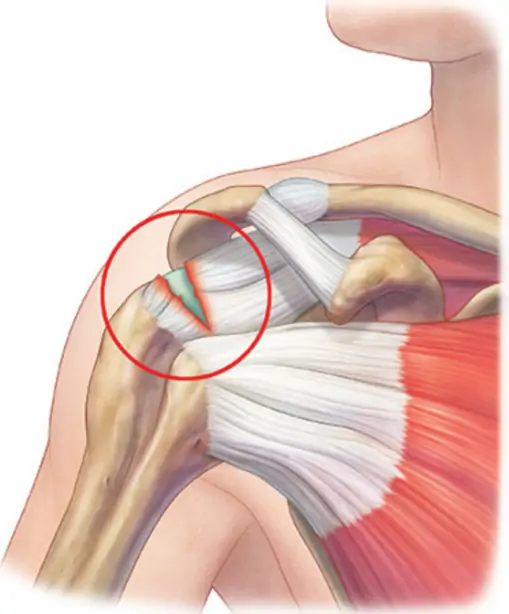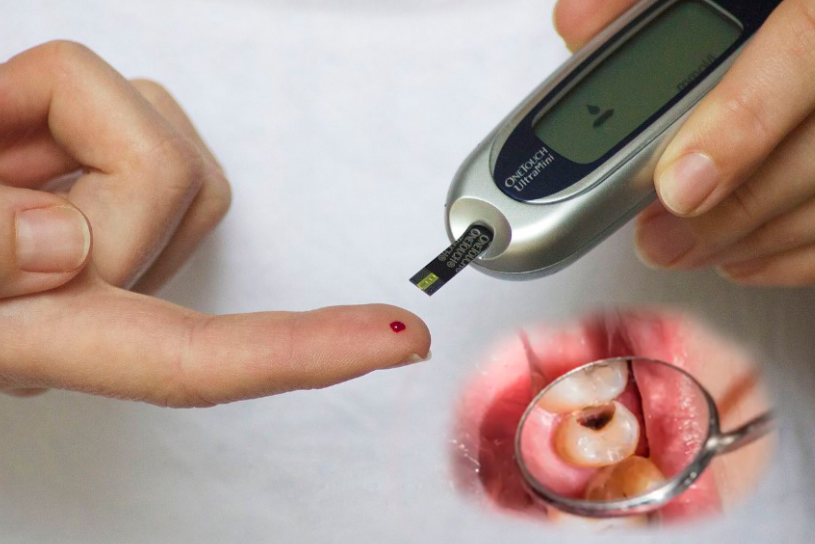How often do patients show aggression towards dentists
Patient aggression in dental practices is an issue of growing concern. A recent study conducted by researchers at NYU College of Dentistry has revealed some shocking statistics regarding this matter. In this article, we will delve into the details of this groundbreaking study and the implications it holds for both the dental profession and patient care.
Unveiling the Study
The study, published in the October issue of the Journal of the American Dental Association, is the first of its kind to document aggression toward dentists in the United States. This is a significant revelation, as workplace aggression toward health care professionals is alarmingly common, with health care settings second only to law enforcement in the rate of violent incidents. Despite this, there have been no prior studies of aggression toward dentists in the U.S., a workforce comprising 200,000 professionals. Only a few such studies have been conducted in other countries.
The Widespread Nature of the Problem
“Workplace violence toward health care professionals is both widespread and widely overlooked,” emphasized Kimberly Rhoades, a research scientist in the Family Translational Research Group at NYU College of Dentistry and the study’s lead author. Their objective was to provide an initial estimate of rates of patient aggression in dental practices in the United States.
Surveying Dentists in New York City
Rhoades and her colleagues surveyed 98 dentists practicing in the New York City metropolitan area. These dentists had an average of 17 years of experience. The dentists completed a confidential online survey that assessed whether they had experienced any of 21 specific types of aggressive behaviors from their patients, which included physical (e.g. being pushed or kicked), verbal (e.g. being insulted or sworn at), and reputational (e.g. threats of lawsuits or posting nasty comments on social media) aggression.
Alarming Statistics
The results of the study were alarming. A substantial proportion of dentists reported experiencing aggression from patients in the past year. The breakdown of aggression types is as follows:
- Physical aggression: 22.2%
- Verbal aggression: 55%
- Reputational aggression: 44.4%
Even more concerning is that a larger proportion of dentists surveyed had been subjected to physical (45.5%), verbal (74%), and reputational (68.7%) aggression at some point during their career. These rates of patient aggression toward dentists are high and comparable to those reported in other health care settings.
Equality in Aggression
Surprisingly, the rates of aggression did not differ by dentists’ sex, race, ethnicity, specialty, age, years practicing, or average number of patients treated per day. This highlights the egalitarian nature of this issue, affecting dentists regardless of their background or experience.
A Glimmer of Hope
The study also uncovered an interesting finding. Practicing dentists experienced less verbal aggression from patients than dental students (55% versus 86%). This suggests that additional experience may reduce the risk of verbal aggression. However, it also underscores the need for proper training and interventions to deal with patient aggression.
Understanding the Triggers
“Dentistry is rife with situations that can elicit strong negative emotions, such as fear, pain, distrust, and anger. Many patients also experience high levels of anxiety and vulnerability, which may increase negative responses or aggression,” said Rhoades. This insight is crucial in understanding the root causes of patient aggression and highlights the need for proactive measures.
Addressing the Issue
The researchers note that, while a larger, national study is needed to determine the true prevalence of aggression in U.S. dental settings, dental practices should consider implementing training that incorporates strategies for handling workplace violence. This training could address how to prevent patient aggression and how to manage or de-escalate aggression when it does occur.
Conclusion
In conclusion, the study conducted by NYU College of Dentistry sheds light on a concerning issue that has long been overlooked in the dental profession. Patient aggression is a reality that affects a significant portion of dentists in the United States. The need for awareness, training, and interventions to address this issue is clear. As the dental community confronts this challenge, it is essential to work collectively towards a safer and more secure environment for both dental professionals and their patients.
Remember, if you have any questions or concerns about this issue, consult with a dental professional who can provide you with expert guidance and care.
Sources
- ScienceDaily – Most dentists have experienced aggression from patients
- JADA the journal of the American dental association – Patient aggression toward dentists









